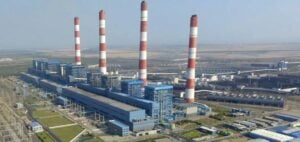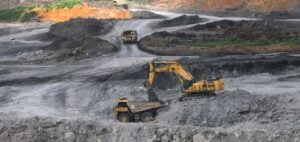Twelve miners lost their lives following a collapse in the Khost coal mine in Baluchistan, probably due to a build-up of methane gas. The accident occurred on Tuesday evening, trapping the victims 244 meters underground. An explosion was identified as the immediate cause of the tragedy, according to Abdul Ghani Baloch, Chief Inspector of Mines for the province.
Rescue operations and investigation
Rescue efforts ended with the tragic discovery of all the bodies, announced by the provincial authorities. Two bodies were found the night after the accident, and the ten others the following morning. An investigation has been launched to clarify the precise circumstances of the accident, says Abdullah Shahwani, Director General of the Baluchistan Mines Department.
Survivors and enduring dangers
Eight miners were also trapped trying to rescue their colleagues, some of whom were found unconscious but eventually rescued. The rescue operation mobilized specialized teams, underlining the constant dangers faced by workers in Pakistan’s mines, where working conditions remain precarious and safety standards often inadequate.
Working conditions and safety
Lala Sultan, head of the province’s miners’ union, criticizes the state of security in Balochistan’s coal mines, claiming that safety measures are largely neglected. Unlike other provinces, Balochistan faces a glaring lack of safety protocols, exposing its workers to high risks of fatal accidents.
Natural wealth and marginalization
Balochistan, rich in hydrocarbons and minerals, remains a province marked by poverty and low population density. Residents denounce the marginalization and exploitation of their natural resources without equitable benefit for the local community, adding a socio-economic dimension to the miners’ tragedy.
The mine accident in Baluchistan highlights the persistent safety challenges facing Pakistan’s mining industry. It raises urgent questions about safety standards and workers’ rights in resource-rich but neglected regions, calling for immediate action to prevent future tragedies.





















